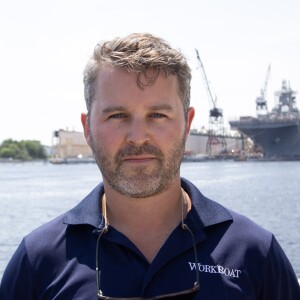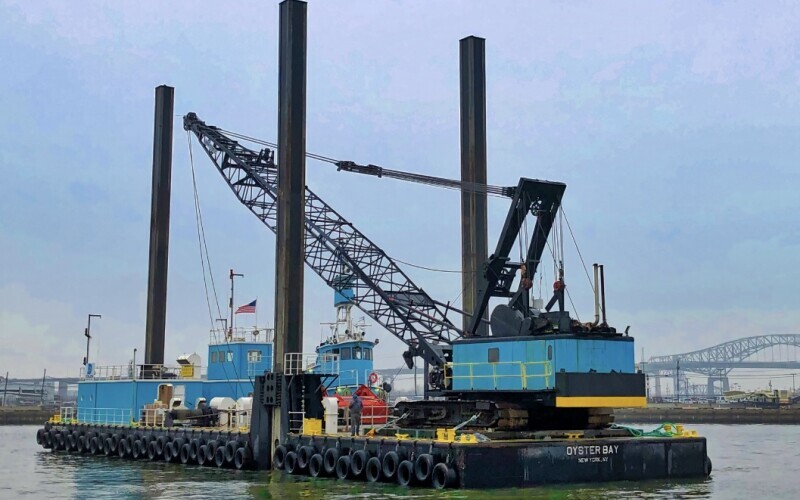WorkBoat spoke with Bill Doyle, president of Dredging Contractors of America, about various projects across the United States where repurposed dredged material is supporting environmental restoration. By utilizing sediment that would otherwise be discarded, these initiatives are intended to enhance habitats and promote biodiversity.
Historically, dredged material was often deemed contaminated, however recent initiatives have found that most dredged material is not contaminated, and the industry is reusing this material for coastal and habitat restoration.
Doyle explained that over the past few years, roughly 30% of dredged material has been repurposed or reused. He noted that on January 25, 2023 the U.S. Army Corps of Engineers (USACE) Lieutenant General Scott Spellmon issued a “Beneficial Use of Dredged Material Command Philosophy Notice” which outlined the USACE’s goal to beneficially use at least 70% of its dredged material by the year 2030.
Below are some dredging projects that highlight the beneficial use of dredged material.
Salem River - Restoring marshlands in New Jersey
In New Jersey, the Supawna Meadows National Wildlife Refuge, located within the Delaware River estuary, is crucial habitat for a variety of bird species, noted Doyle. Cottrell Contracting Co. is repurposing dredged materials from the Salem River to enhance marshlands, which provide foraging areas for over 6,000 pairs of wading birds nesting on nearby Pea Patch Island.
Doyle noted the refuge also serves as a stopover for migratory birds, offering habitat for warblers, sparrows, and others. By restoring marshlands with dredged materials, the project supports local wildlife and improves conditions during breeding and migration periods, he said.
Buffalo River - Restoring wetland habitat in Michigan
In Cheboygan, Mich., Ryba Marine Construction Company is working on the Buffalo River to restore wetland habitats. The project involves using dredged sediment to fill an old commercial slip, hoping to create new aquatic environments. This restoration aims to revive local ecosystems and provide habitats for various wildlife.
Baptiste Collette Bayou: Creating bird islands in Louisiana
In Baptiste Collette Bayou, near Venice, La., dredged sediment has been used to create bird islands and wetland areas. Research indicates that seabirds are utilizing these habitats for nesting and foraging. Twelve species, including the mottled duck and the black skimmer, have been identified as benefiting from these new environments.
Pass-a-Grille beach nourishment in Florida
In Pinellas County, Fla., dredged material is being used for the nourishment of Pass-a-Grille Beach. This project, authorized by the U.S. Army Corps of Engineers, involves multiple phases of beach restoration, using sand from dredging activities to address erosion and replenish beach habitats. This effort is intended to protect coastal infrastructure while improving recreational areas.
Atlantic Intracoastal Waterway: Marshland protection in Georgia
Crab bank restoration in South Carolina
The Charleston Harbor Post 45 Deepening project in South Carolina is using dredged material to restore Crab Bank, a key bird sanctuary. By repurposing dredged sediments, the project has restored 32 acres of essential nesting habitat for shorebirds and seabirds, contributing to population recovery in the area.
Chesapeake Bay restoration: Reviving vanishing islands in Maryland
In Maryland, the Mid-Chesapeake Bay Island Ecosystem Restoration project aims to restore two important islands using dredged material. Funded by the U.S. Army Corps of Engineers, this initiative seeks to reduce erosion and enhance habitat for wildlife. The restoration of James and Barren Islands will expand wetlands and uplands, providing space for various species while protecting the shoreline.
These examples highlight the practical applications of dredged material when used effectively. The beneficial use of dredged materials addresses navigational and erosion challenges while also contributing to the conservation of important habitats.




